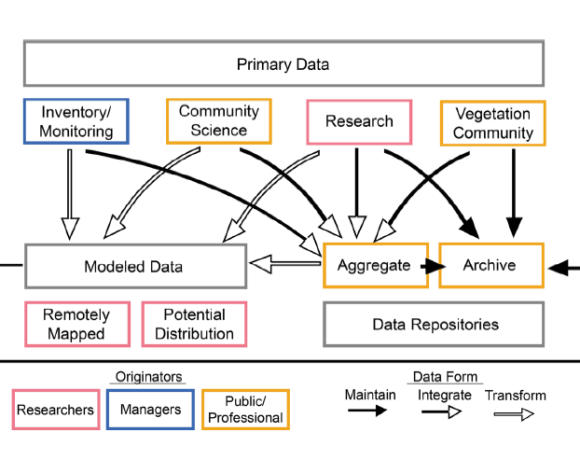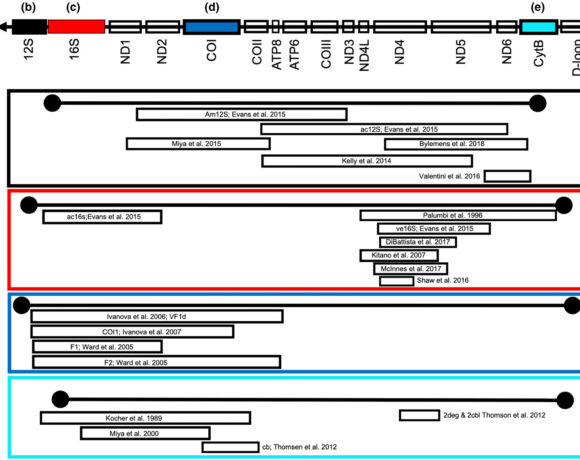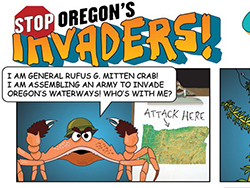Online auction marketplaces as a global pathway for aquatic invasive species
Research Summary by Abby Bezrutczyk
Despite efforts to stop the spread of aquatic invasive species, buying aquarium organisms from across the world can be as easy as the click of a button. Olden and colleagues examined trade flows and market dynamics of auctions on AquaBid– a website that allows aquarium enthusiasts to trade live aquatic species conveniently, but with limited oversight. Using a web crawler– a computer program that downloads web page content– the researchers were able to systematically document 7-year’s worth of auctions. More than a million live freshwater animals and fish eggs and over 30K aquatic plants were traded over that period. They found a diffuse market spanning 39 countries, including most major U.S. cities, with an average shipping distance of over 8,000 km. While taxonomic identification was difficult, the most frequent sales were plant assortments (16.4%), followed by killifish eggs, betta fish, guppies, and snails, at an average of $31 per trade, and a total sale value of $6 million. This included the sale of widely invasive water hyacinth (Eichhornia crassipes) and other invasive species. Based on these findings, the authors call for policy and regulatory solutions.
Take-home points
- AquaBid is an online marketplace that allows informal peer-to-peer sale of aquarium organisms.
- The online format boosts anonymity, lacks clear information on regulations, and simplifies long-distance transactions, making it easier to trade prohibited species intentionally or unintentionally.
- This kind of trade can disperse non-native species over long distances, pose biosecurity risks, and create routes for invasive species introductions.
- Trade was prominent in the U.S., with the most active trade predominantly in the South Atlantic, Mid-Atlantic, Northeast Central and Pacific regions.
Management implications
- Encouragingly, the authors cite that some forum users educate others when a species listed for sale was invasive or prohibited, signaling that education efforts can foster the sense of responsibility among aquarium enthusiasts.
- Targeted outreach on preventing aquarium introductions, and teaching the taxonomy of problematic aquarium species, can be coupled with pre-existing AIS prevention efforts.
- Drafting blacklists of regulated species in collaboration with e-commerce companies can help prevent problematic trades.













